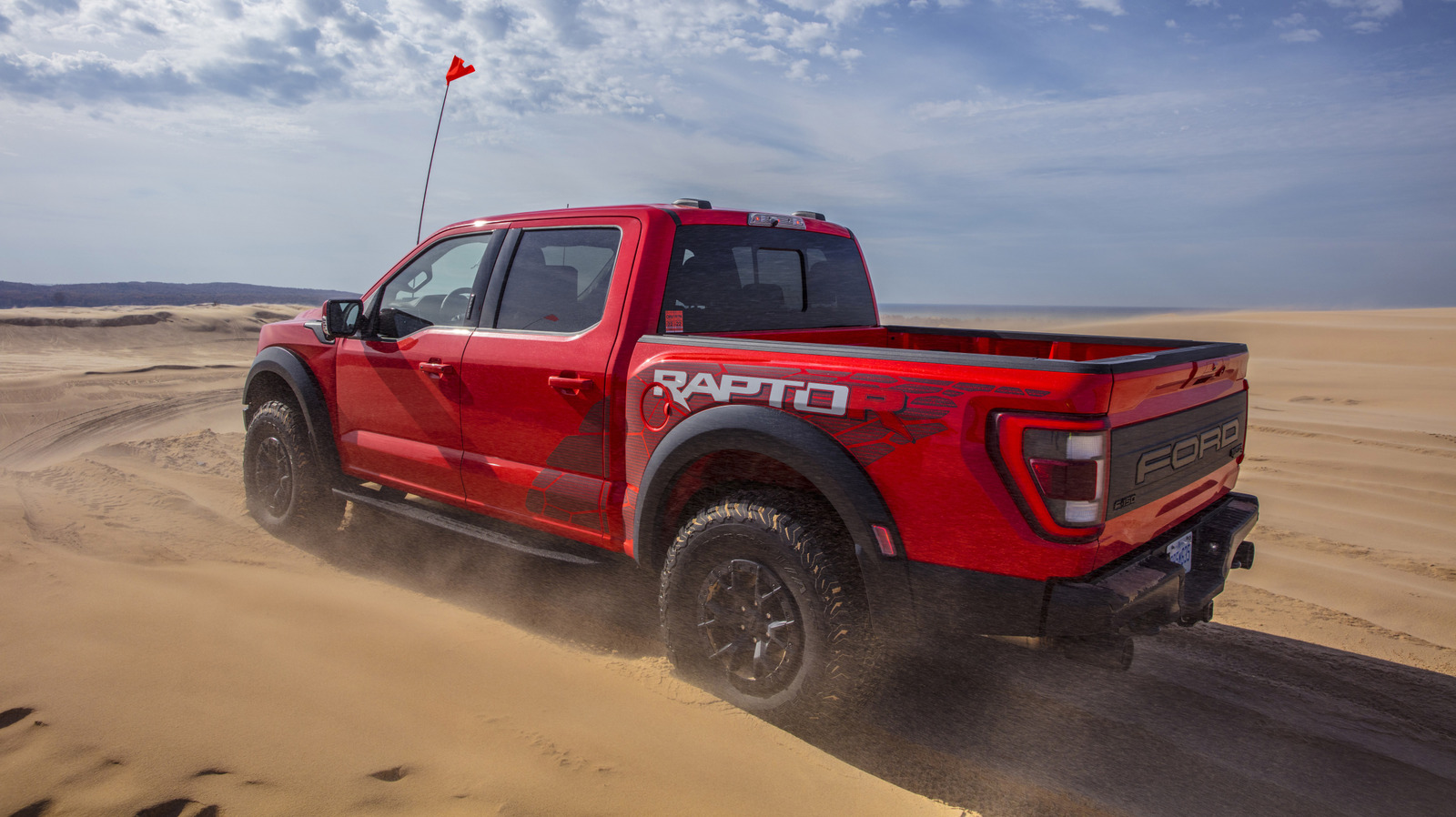How Do the Raptor and Expedition Max Really Compare in Size?
If you’ve ever tried to make sense of vehicle specs, you know it can feel like deciphering a secret code. Take the Ford Raptor and the Expedition Max, for example. On paper, the Raptor is listed at 232.6 inches long, while the Expedition Max comes in at 221.9 inches. Yet, some sources have claimed the Raptor is “shorter.” Wait, what? That’s a head-scratcher for anyone who’s ever used a tape measure.
Why Do Some Sources Get Vehicle Lengths Wrong?
It’s easy to assume that published specs are always accurate, but mistakes happen more often than you’d think. Sometimes, it’s a simple typo or a misreading of the data. Other times, it’s a misunderstanding of what “length” actually means—does it include the spare tire? The hitch? Roof racks? Even reputable automotive outlets have been known to mix up numbers, especially when juggling multiple trim levels or model years. The result? Confusion for buyers who just want the facts.
What’s the Real-World Impact of Vehicle Length?
Let’s get practical. The difference between 232.6 inches and 221.9 inches is nearly a foot—enough to make parking in a tight garage a real challenge. For families, that extra length can mean more cargo space or a roomier third row. For off-road enthusiasts, it could affect maneuverability on narrow trails. According to a 2023 report from J.D. Power, nearly 60% of SUV buyers say that overall length is a top consideration when shopping for a new vehicle. It’s not just a number—it’s about how the vehicle fits into your life.
How Can You Double-Check Vehicle Specs Before Buying?
Don’t take a single source at face value. Cross-reference manufacturer websites, check the official owner’s manual, and—if you’re really serious—bring a tape measure to the dealership. Some buyers even use augmented reality apps to visualize how a vehicle will fit in their driveway or garage. It might sound obsessive, but with vehicles costing more than ever, a little extra homework pays off.
What Should You Watch Out For When Comparing SUVs and Trucks?
Beyond just length, pay attention to how the measurements are taken. Some manufacturers include bumpers, while others don’t. Watch for differences between wheelbase (distance between the wheels) and overall length. And remember, trim levels can change dimensions—an off-road package might add a few inches with beefier tires or skid plates. It’s these little details that can make a big difference in daily use.
The Big Takeaway? Vehicle shopping isn’t about perfection—it’s about smarter adjustments. Start by double-checking the specs that matter most to you, and you’ll likely spot the difference by month’s end.


